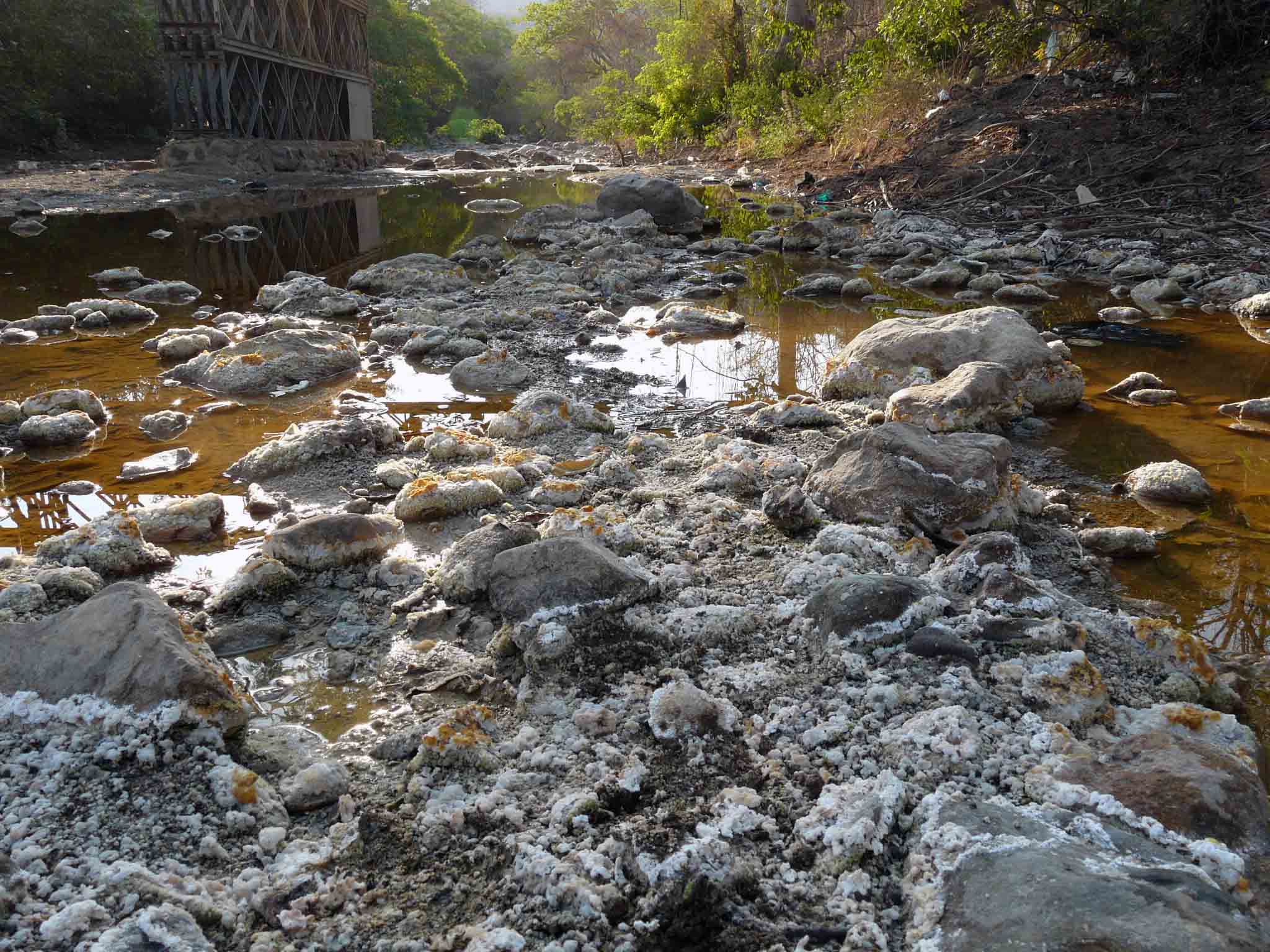P. Cabezas
 The Ministries of Economy, Environment, FIAES and the Maquilishuat foundation recently released a report on the environmental legacy and damages to health caused by mining operations abandoned 100 years ago in the eastern part of the country.
The Ministries of Economy, Environment, FIAES and the Maquilishuat foundation recently released a report on the environmental legacy and damages to health caused by mining operations abandoned 100 years ago in the eastern part of the country.
The report found nine negative environmental impacts generally present in the 15 mines studied. Impacts were defined as “events that have already occurred, observed and documented to have adverse effects on natural and social environment directly or indirectly related to mining”:
(a) the fall of humans and animals,
(b) the presence of sources of contamination,
(c) the alteration of local hydrological systems,
(d) persistence of pollutants used in mining,
(e) the increase of pollutants that are present naturally but in significantly lower quantities,
(f) the destabilization of the land,
(g) soil erosion and sedimentation in-water bodies
(h) use of abandoned structures as a haven for illegal activities and
(i) loss of plant coverage plant because of mining.
The most complex abandoned site was found to be the San Sebastian mine in Santa Rosa de Lima, La Union, where the population are facing the consequences of acid drainage that has contaminated their main source of water, the San Sebastian River, and at least 300 people who currently work in artisanal mining are exposed daily to heavy metals, and substances like mercury and methane, which are highly damaging to human health.
